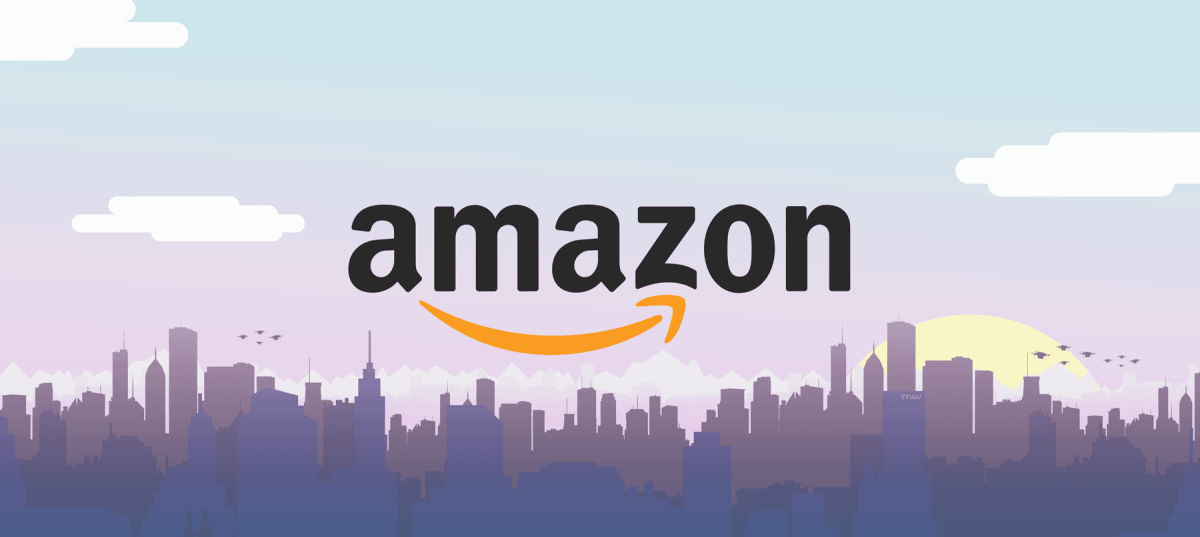In today’s Amazon-centric online world, there is an ever growing number of e-commerce sellers folding their tent and walking away. Then the question of how to win in today’s Amazon world is getting harder than ever. One of the best ways that many experts recommend sellers if they want to stay ahead of the market is to build their own brands. Let’s see how building your own brands determines the level of success in this article.
Brands create loyal customers
Every successful seller realizes how important it is to have loyal customers. Therefore, the very first thing to bear in mind while competing with other rivals is to create loyalty among customers. To do this effectively, you need to create your own brand.
A real-life situation
Let’s meet Timothy Seward, author of “Ultimate Guide to Amazon Advertising”, and see what he shared in his own book. About a year ago, he needed something to clean a new kitchen island, a black granite countertop in his home. He thought that washing it with a kitchen cloth was just leaving too many streaks. Thus, he decided to pull out his phone and searched his Amazon app for granite cleaners. Seward found a highly rated granite wipes product made by Weiman. In a moment that product was added to his Amazon shopping cart and on the way. Days later, he found that the product worked exceptionally well, the countertop looked amazing. Fast forward, as he was shopping in Publix, he noticed the Weiman brand on the shelf and picked up some Weiman brand kitchen stainless cleaner. A win – discovered online, purchased offline – for Weiman and for Seward’s kitchen. He is now loyal to the Weiman brand.
If the above personal example from Timothy Seward isn’t enough to convince you to double down on customer loyalty, then read another story. Recently while speaking at a conference, he worked out in the massive Atlantic City hotel’s gym and casino equipped with an unusual machine for strengthening a specific area of the upper back. He was sore after working out that area so headed straight for the spa. Then, he found at the spa a massage cream made by Biotone. He wrote in the book that it was the best product he had ever experienced during a deep tissue massage. So naturally, he wanted to own it, and purchased this – discovered offline, purchased online – on Amazon before he was even 200 feet away from the spa. He is now loyal to the Biotone brand.
Lessons learned
The two examples above explained how a person turns into a regular customer for a brand. He was twice satisfied by two products from two different brands. Because the products carrying the brand distinct, he could easily recognize it while shopping in stores and find information on the internet. Creating a brand helps to inspire customer loyalty across all platforms, both online and off.
Related: Amazon Loses Express Delivery Contract with FedEx
The importance of building your own brand
If you don’t own your own consumer product brand and are simply an online seller of someone else’s products. And if you are already the owner and developing multiple unique in-house brands, you are half-way in the race.
A real-life situation
Let’s meet Timothy Seward again and read another story in his book. As he was traveling for one of his e-commerce events, Seward spent time in the warehouses of two different clients. They were located in two separate parts of New Jersey and both sold highly commoditized products. Both had been selling on the Amazon marketplace for at least five years at the time he wants there. Each had independently switched to branding their products, which meant they were no longer reselling other merchandises’ products. They now have their own logos, brand colors, web addresses, and even their phone numbers on products’ packages.
Lessons learned
There are companies which close their doors after a short time, sharing the common thing of reselling products made by other brands, not brands they own. You have two options whether to have others manufacture your branded products for you, or manufacture them by yourself. Try to avoid running your business by only selling someone else’s products. If someone else owns the brands you’re selling, for example, Amazon, Walmart or any other reseller, he is, or eventually will be, selling them too. That means the harsh competition welcomes one more rival, causing more difficulty for you.
With your own new or emerging brand, you’ll have a double chance to win in today’s Amazon-centric world. You will even have the opportunity to get some of their 310 million customers to discover, and then buy, your branded products.
Have Shopify stores? check out the best Shopify Apps to increase sale



